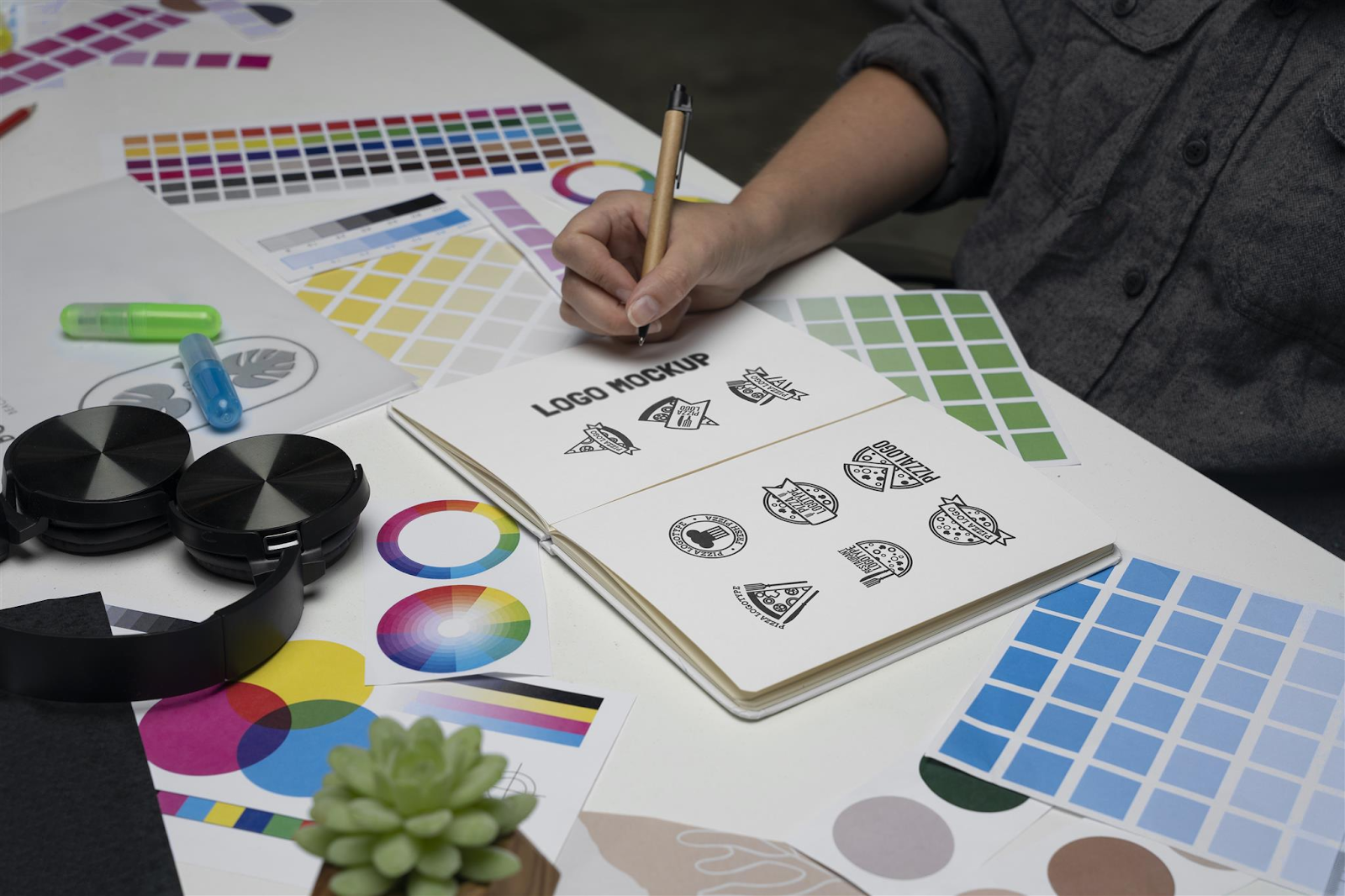In today’s digital age, logos play a crucial role in establishing brand identity and recognition. As a logo artist, your skills are in high demand, but mastering the art of logo design requires both creativity and technical proficiency. In this guide, we’ll explore what it takes to become a successful logo artist and create impactful designs that resonate with clients and audiences alike.
Understanding the Basics
First and foremost, it’s essential to understand the fundamentals of logo design. A logo is more than just a visual symbol; it represents the essence of a brand. Your job as a logo artist is to distill complex ideas and concepts into a simple yet memorable image. This requires a deep understanding of design principles such as:
- Simplicity: A good logo is clean, uncluttered, and easily recognizable.
- Memorability: The best logos are memorable and leave a lasting impression.
- Versatility: Logos should work well across various platforms and mediums, from digital screens to print materials.
- Relevance: A logo should be relevant to the brand it represents, reflecting its values, products, or services.
Research and Concept Development
Before diving into the design process, conduct thorough research on the client’s brand, target audience, and competitors. Understanding these factors will help you develop a design concept that aligns with the client’s vision and resonates with their audience.
Start by brainstorming ideas and sketching rough concepts. Experiment with different shapes, fonts, and color schemes to explore various possibilities. Don’t be afraid to think outside the box and push the boundaries of conventional design.
The Design Process
Once you have a solid concept in mind, it’s time to bring your vision to life. Begin by creating digital drafts using design software such as Adobe Illustrator or Affinity Designer. Pay attention to details like spacing, alignment, and proportions to ensure a polished final product.
When choosing fonts and colors, consider the psychological impact they can have on viewers. Different colors evoke different emotions, so select hues that align with the brand’s personality and message. Similarly, choose fonts that are legible and complement the overall design aesthetic.
Feedback and Iteration
After creating initial drafts, seek feedback from the client and other stakeholders. Be open to constructive criticism and use it to refine your design further. Iteration is an essential part of the design process, so don’t be discouraged if your first attempt doesn’t hit the mark.
Make revisions based on feedback, focusing on areas that need improvement while staying true to the core concept. Strive for a balance between creativity and functionality, ensuring that the final logo is not only visually appealing but also effective in conveying the brand’s identity.
Delivering the Final Product
Once the client approves the design, prepare the final deliverables. This typically includes various file formats (e.g., AI, EPS, PNG) for different use cases and sizes. Provide guidelines on how to use the logo correctly, including specifications for color variations, spacing, and minimum size requirements.
Continuing Education and Growth
Logo design is a dynamic field that evolves constantly. Stay updated with current design trends, attend workshops or courses, and seek inspiration from fellow designers. Building a strong portfolio showcasing your best work will also help attract new clients and opportunities.
In conclusion, logo design is both an art and a science. By mastering the fundamentals, conducting thorough research, embracing feedback, and staying committed to continuous improvement, you can carve a successful career as a logo artist and make a lasting impact through your designs.
